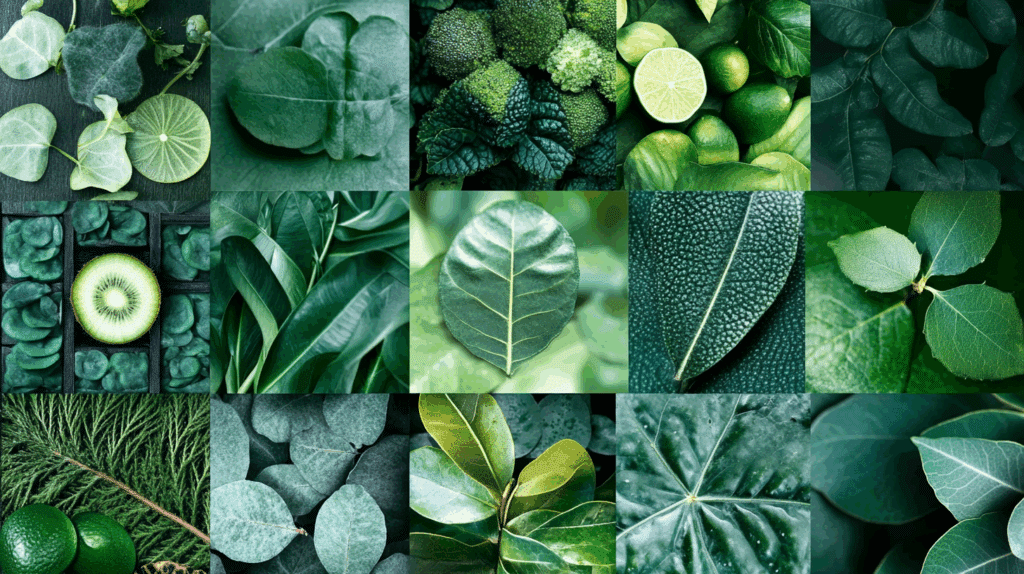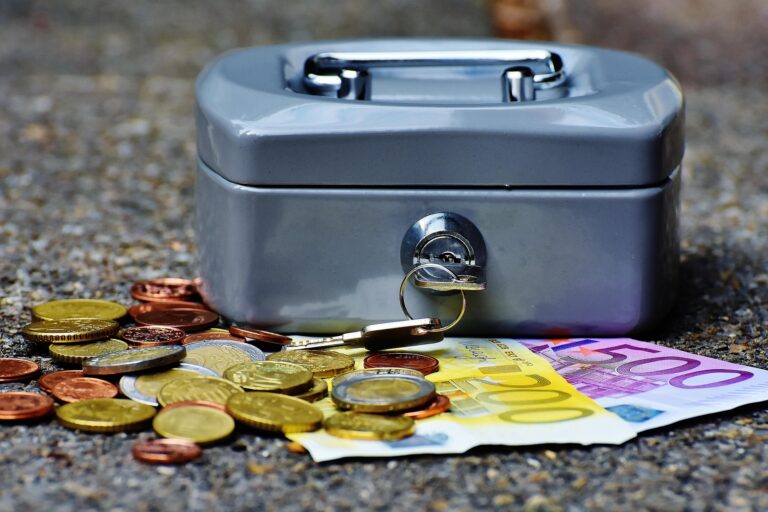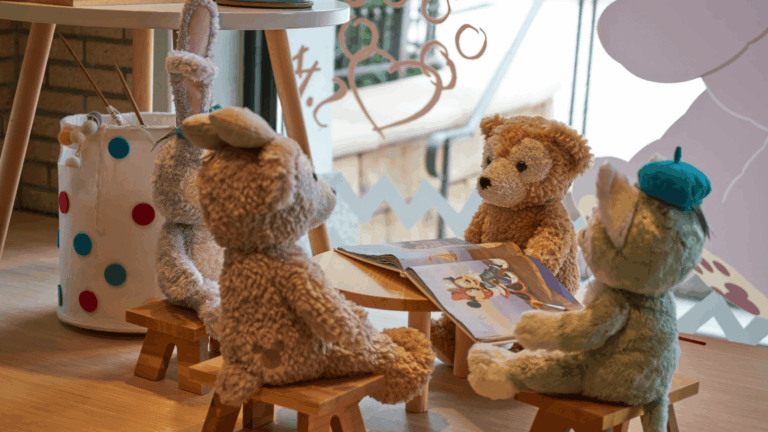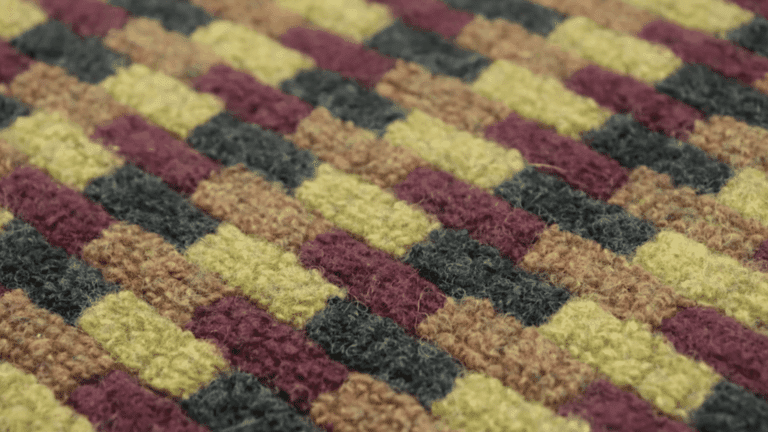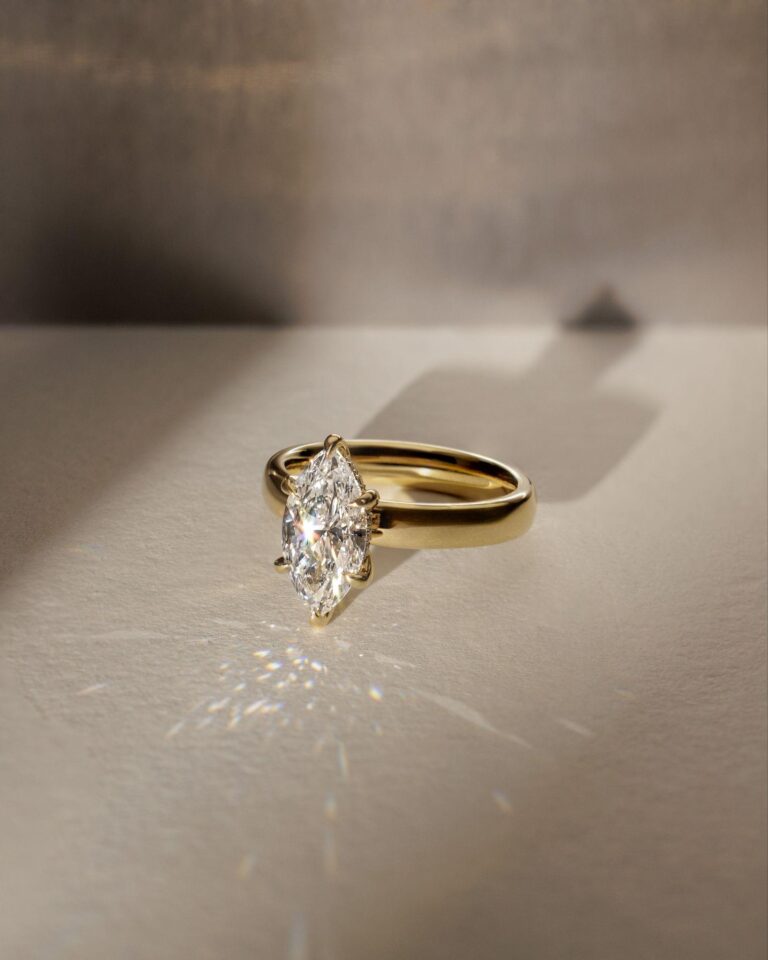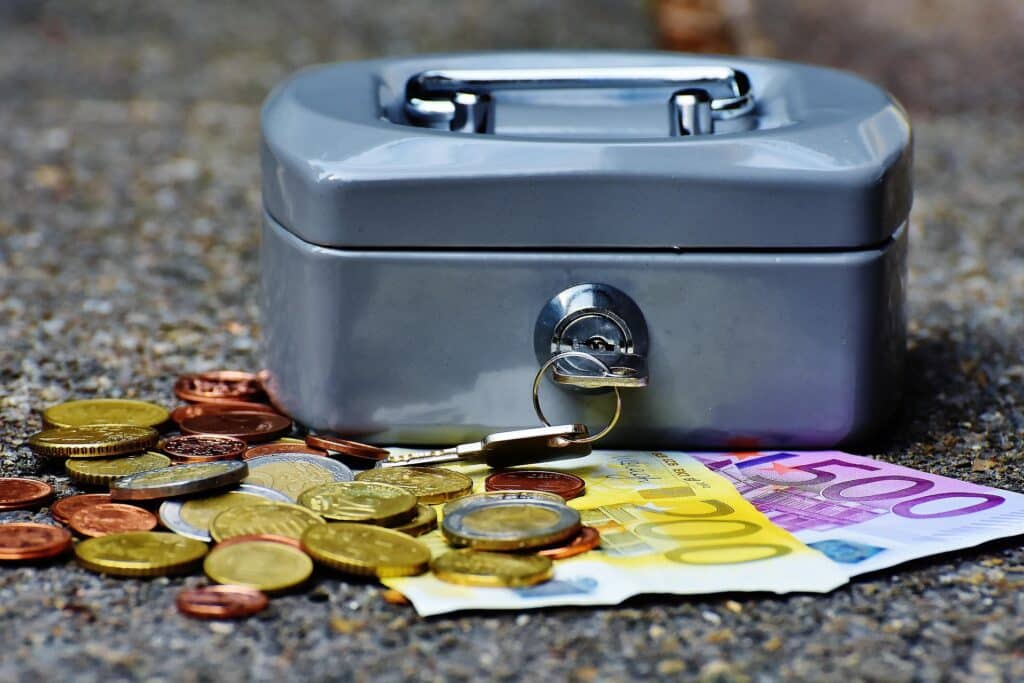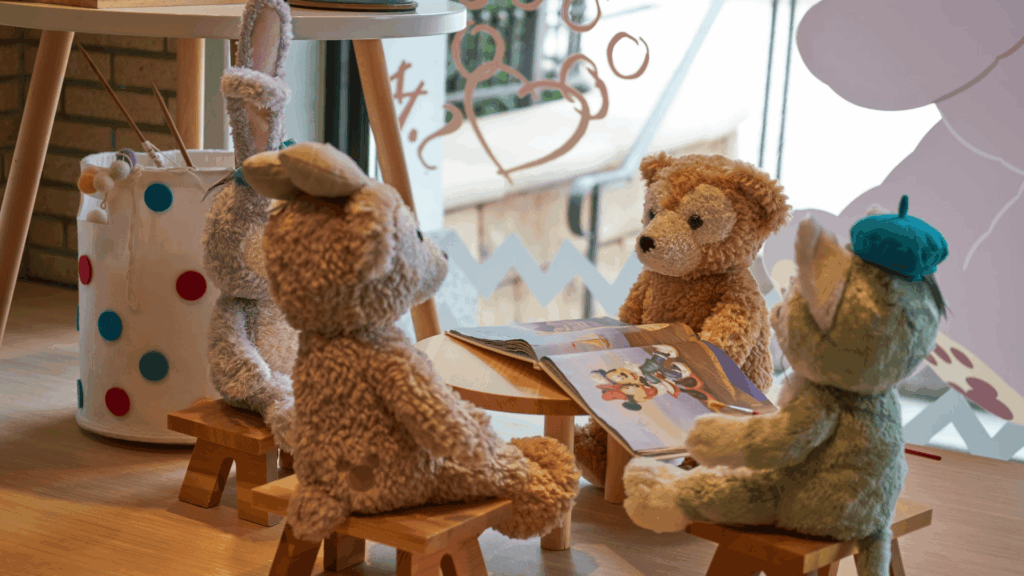The world is a canvas painted in different shades of green. When someone picks up a pencil, they open a door to this verdant world. Green is not just a color but a feeling that brings calm and freshness to artwork.
Trees stand tall as nature’s monuments, while leaves dance in the breeze like tiny flags. Plants grow from paper just as they do from soil.
Each artist finds their green path to follow. Some may sketch the sharp lines of cacti, others the soft curves of ferns. The beauty of green things lies in how they connect us to the natural world, even when we’re stuck indoors.
So grab some paper and start jotting down green ideas today. The green world is waiting to be drawn, one sketch at a time.
Creative Ways to Incorporate Green Into Art
I’ve always found that adding green to art brings a fresh, lively feel to any space.
Green connects us to nature and creates a sense of calm. After trying different approaches in my own home, I’ve gathered some simple yet effective ways to bring this color into your artistic displays.
1. Grass

To draw grass, sketch several long, pointed blades with varying heights. Make them taper at the top to add natural variation. Group them, but leave some space between.
- Shade of green to use: Various shades of green
- Pro Tip: Vary the length of the grass blades to give a more natural look.
2. Tree

Begin with a thick trunk and branches that spread outward. Add various leaf clusters around the branches to create an uneven appearance. Use curved lines to show depth in the trunk.
- Shade of green to use: Brown, green
- Pro Tip: Use a light green for the outer leaves and a darker green for the inner ones to show depth.
3. Cactus

Draw a tall, cylindrical body with several rounded arms extending from it. Use diagonal lines to create texture on the surface. Add spikes along the arms.
- Shade of green to use: Green, yellow for flowers
- Pro Tip: Add texture by drawing sharp, short lines for the spines.
4. Frog

Start with a round body and large, bulging eyes. Draw wide, webbed feet and small arms. Add small details, such as a smiling mouth and skin texture.
- Shade of green to use: Bright green, dark green for shading
- Pro Tip: Use lighter green on the belly for contrast.
5. Apple

Draw a rounded shape with a slight dip at the top where the stem goes. Add a small, curved stem at the top and a leaf next to it.
- Shade of green to use: Bright red, green for the leaves
- Pro Tip: Add a small highlight spot to make the apple look shiny.
6. Leaf

Outline the leaf with a central vein running down. Add smaller veins branching off. Use a smooth, curved shape for realism.
- Shade of green to use: Dark green, light green for veins
- Pro Tip: Vary the green shades for a more realistic effect.
7. Watermelon rind
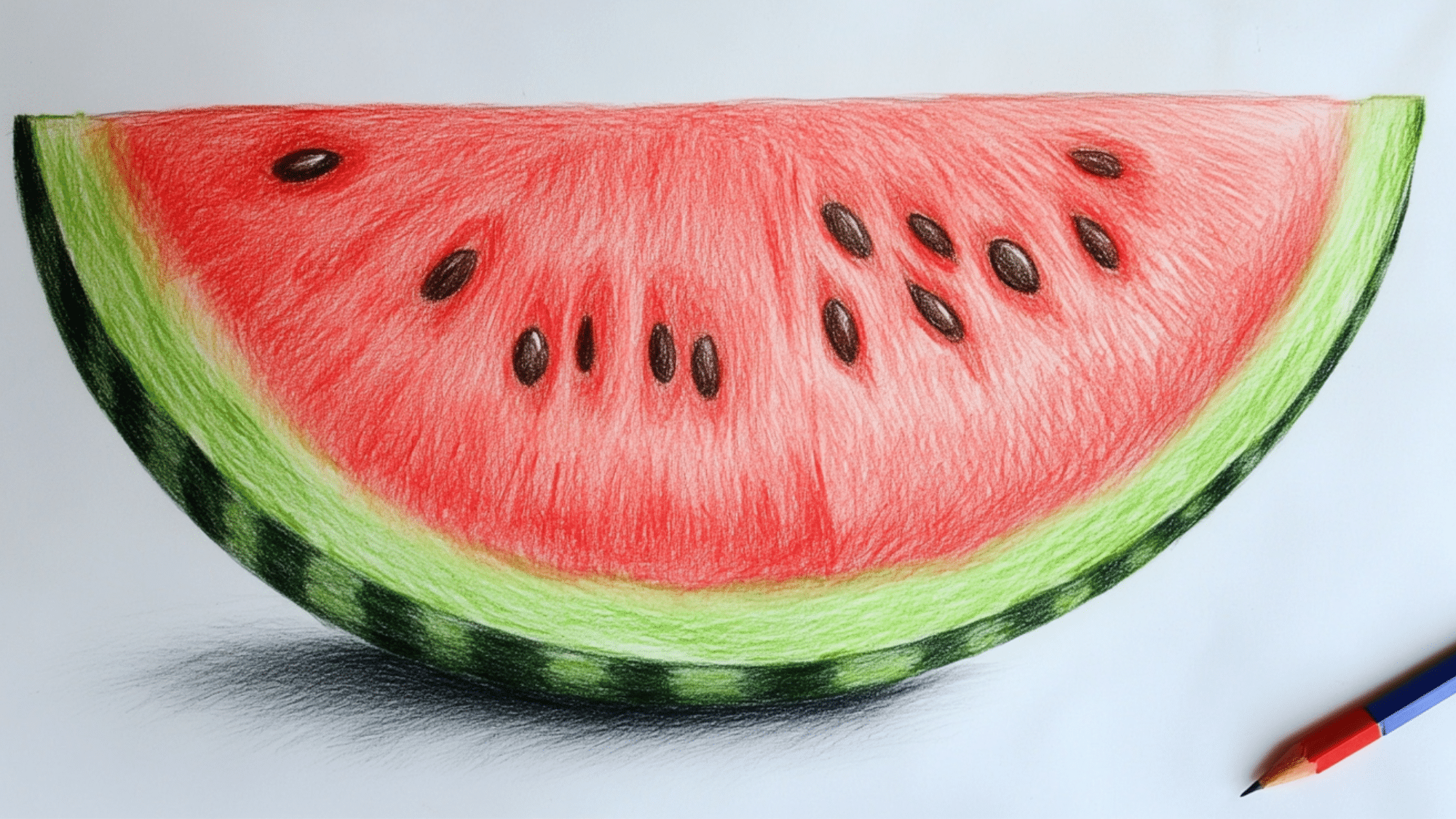
Draw a large oval shape with a curved and smooth outer part. Add small details inside for the rind texture and the flesh separation.
- Shade of green to use: Dark green for the rind, light green for the flesh
- Pro Tip: Use soft, curved lines to represent the texture of the rind.
8. Bamboo

Start with tall, straight lines for the bamboo stalks. Add thin horizontal lines to show the joints, and draw small leaves at the top.
- Shade of green to use: Light green, dark green for shading
- Pro Tip: Use subtle shading on the bamboo stalks to add dimension.
9. Turtle
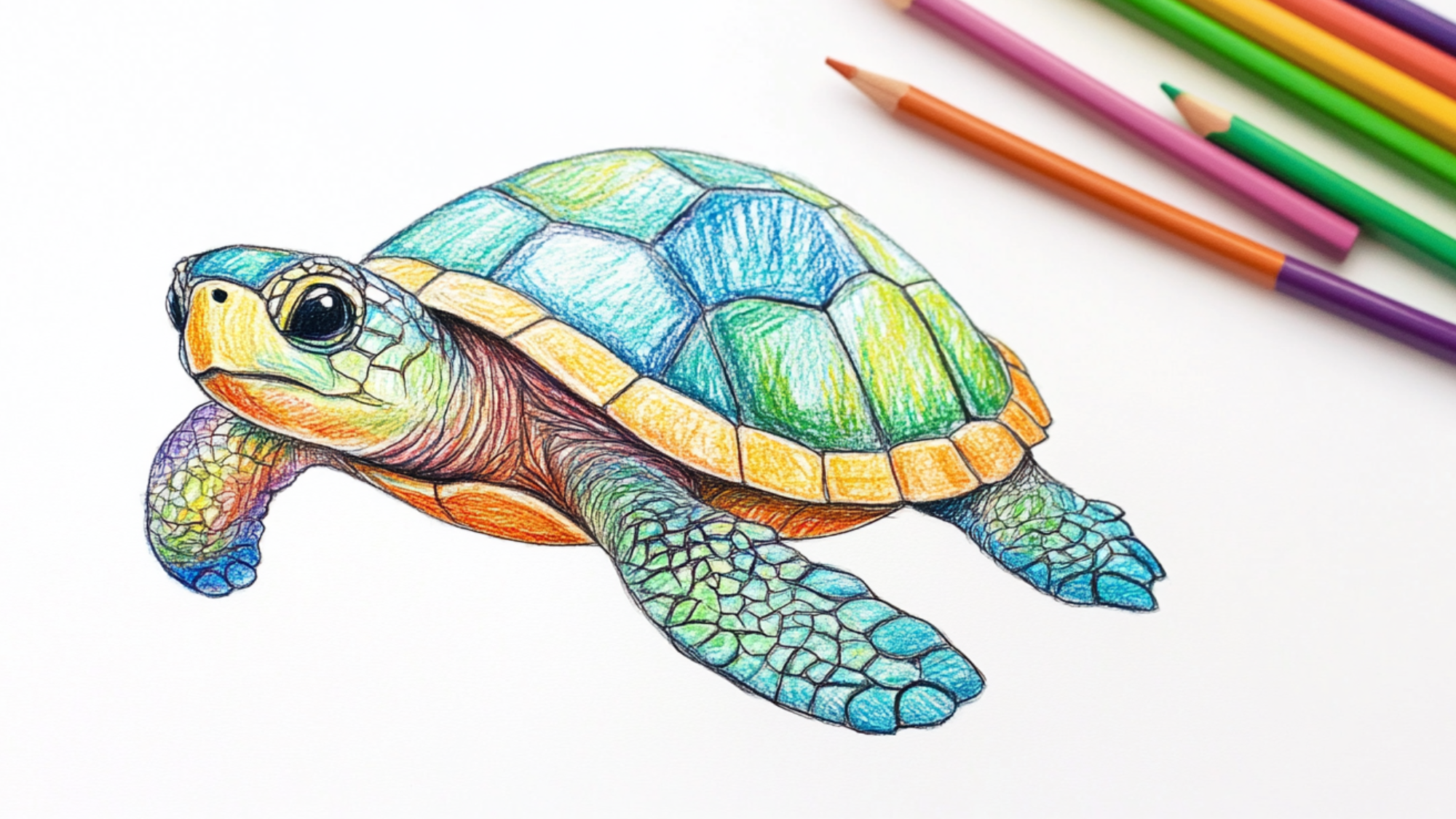
Draw an oval-shaped shell with texture lines. Create short, sturdy legs and a round head. Add small, gentle curves to the shell for added dimension.
- Shade of green to use: Olive green, brown for the shell
- Pro Tip: Add darker green lines to the shell for a natural pattern.
10. Peas

Draw a pod with slight curves, and then add small circles inside to represent peas. Each pea should be spaced evenly within the pod.
- Shade of green to use: Light green, dark green for shading
- Pro Tip: Use soft curves to show the peas’ roundness.
11. Lettuce

Sketch a large, ruffled shape with curled edges for the leaves. Layer the leaves to show fullness, starting from the center.
- Shade of green to use: Light green, dark green for depth
- Pro Tip: Use curved lines to show the texture of the lettuce leaves.
12. Avocado

Draw a smooth oval shape, and cut it in half to show the pit in the center. Add small jagged lines along the edges to give texture to the outer skin.
- Shade of green to use: Dark green for the skin, light green for the flesh, brown for the seed
- Pro Tip: Shade the edges of the avocado for a three-dimensional effect.
13. Lime

Draw a small, oval shape with slight indentations on the edges. Divide it into wedges for added detail. Use different shades of green to add more natural color.
- Shade of green to use: Bright green, yellowish-green for shading
- Pro Tip: Add a little shine to the lime’s surface for realism.
14. Pine tree

Start with a triangle-like shape for the tree’s branches and a narrow rectangle for the trunk. Add layers of spiky, jagged branches at varying lengths.
- Shade of green to use: Dark green, brown for the trunk
- Pro Tip: Layer the triangular sections for a fuller, more rounded tree shape.
15. Green pepper

Draw a rounded bell shape with some slight indentations on the top and bottom. Add small lines to show texture. Using more shades can add a more realistic look to the green pepper.
- Shade of green to use: Bright green, light green for shading
- Pro Tip: Add highlights on the sides to show light reflection.
More Interesting Green Things to Draw
Beyond the basics, there’s a whole world of green things to draw that can test your skills. From odd-shaped plants to tiny bugs, these subjects add fun to your art practice.
Look at some not-so-common green things to draw that will make your sketchbook stand out from the crowd.
16. Crocodile
17. Kiwi
18. Green apple
19. Succulent
20. Green grapes
21. Seaweed
22. Peapod
23. Aloe vera
24. Emerald
25. Spinach
26. Green butterfly
27. Pine cone
28. Green jellyfish
29. Shamrock
Other Green Creatures to Draw
The animal world offers a wealth of green elements that many artists overlook. From tiny frogs to big lizards, these green creatures bring life to any sketch page.
30. Mantis
31. Pickle
32. Green dragon
33. Basil
34. Green boat
35. Green sneaker
36. Green pencil
37. Sprouts
38. Green dragonfly
39. Water lily
Mistakes to Avoid While Drawing Green Things
Even talented artists can stumble when drawing green things for school projects. Small errors can make the difference between an okay drawing and one that truly captures nature.
Knowing what mistakes to avoid will help students create better artwork and learn more in the process.
- Using only one shade of green: plants and creatures come in many different greens. Using just one shade makes your drawing look flat and less realistic.
- Forgetting about texture: Leaves have veins, moss is fuzzy, and scales have patterns. Missing these details makes green things look less believable.
- Making all leaves the same shape: Even on one plant, leaves vary in size and form. Drawing identical leaves looks artificial and shows a lack of observation.
- Ignoring light sources: Green things have highlights and shadows, too. Without them, your drawings will look two-dimensional and lack depth.
- Rushing the outline: Taking the time to work with basic shapes makes a big difference. Hasty outlines result in plants and animals that appear odd and don’t accurately represent real-life forms.
- Overlooking background elements: Green things exist in various environments. A plant without soil or a frog without water tells only half the story.
- Being too neat: Nature isn’t perfect. Over-clean lines make your green items appear artificial. Small imperfections in leaves, stems, and creatures add truth to your art.
In a Nutshell
You’ve touched on something beautiful here: how drawing green things is like having a conversation with nature itself.
There’s something almost magical about sketching a fern and suddenly noticing how each frond unfurls like a tiny spiral staircase.
Drawing moss reveals it’s actually dozens of miniature forests clustered together.
It’s funny how a simple green crayon can transport you to a rainforest canopy or a quiet meadow.
Every time you draw something green, you’re not just making art, you’re becoming a temporary botanist and storyteller.
Nature really is the ultimate art teacher, showing us patience and wonder.


